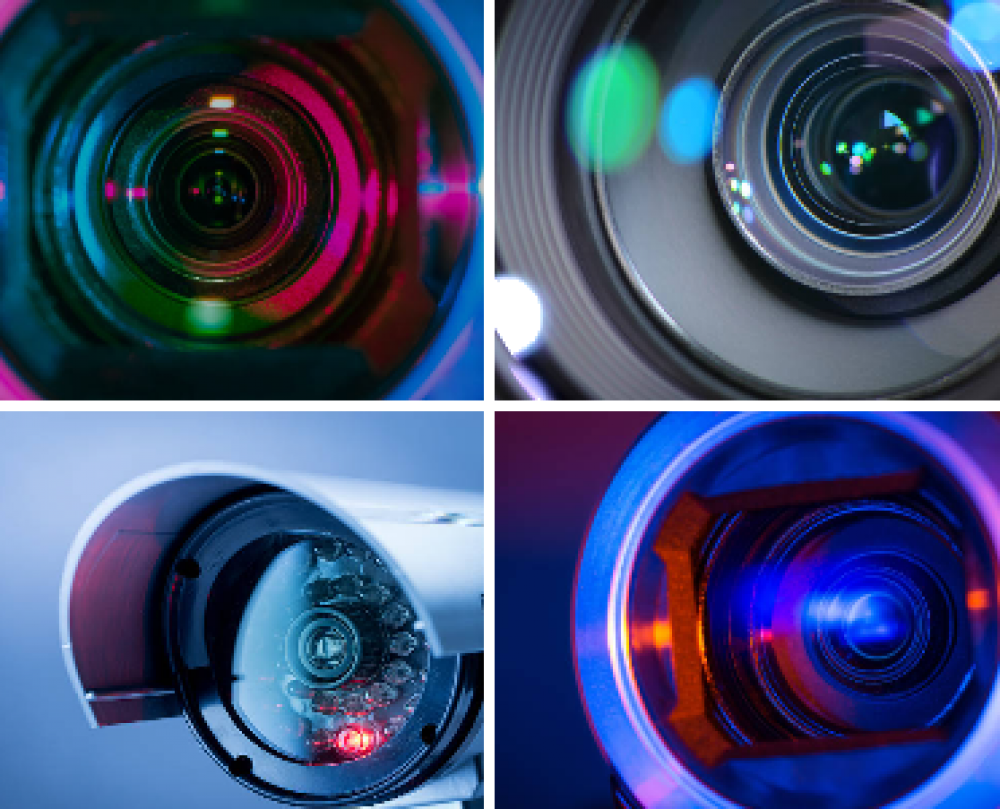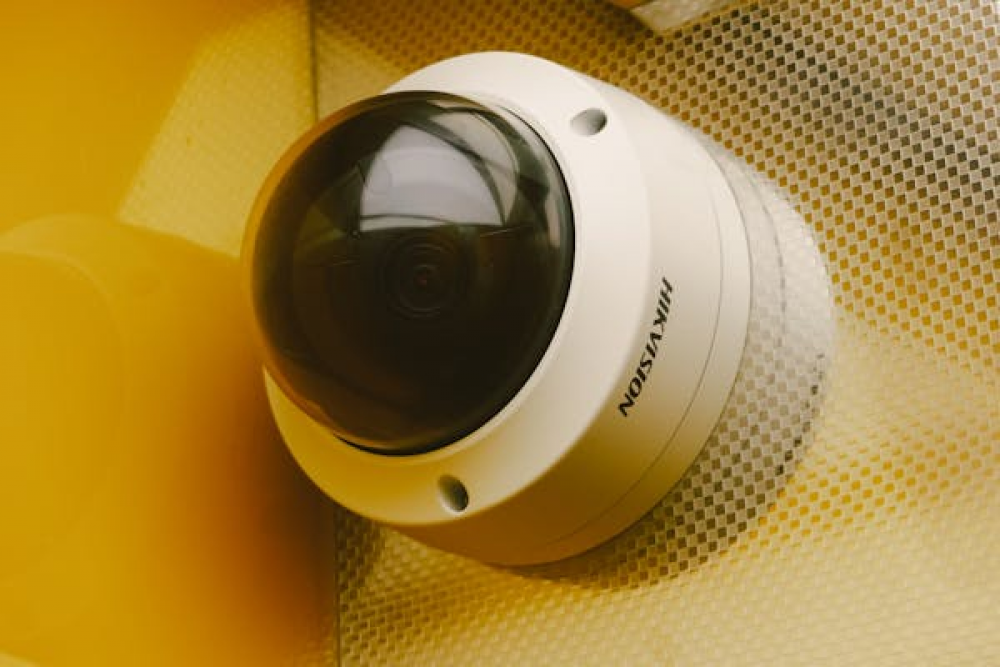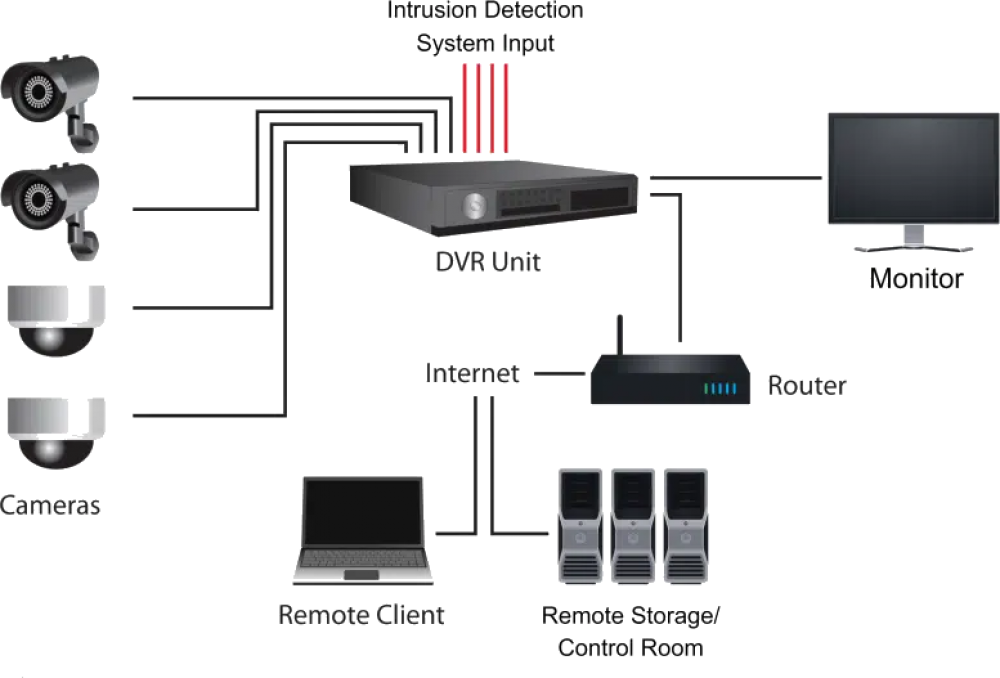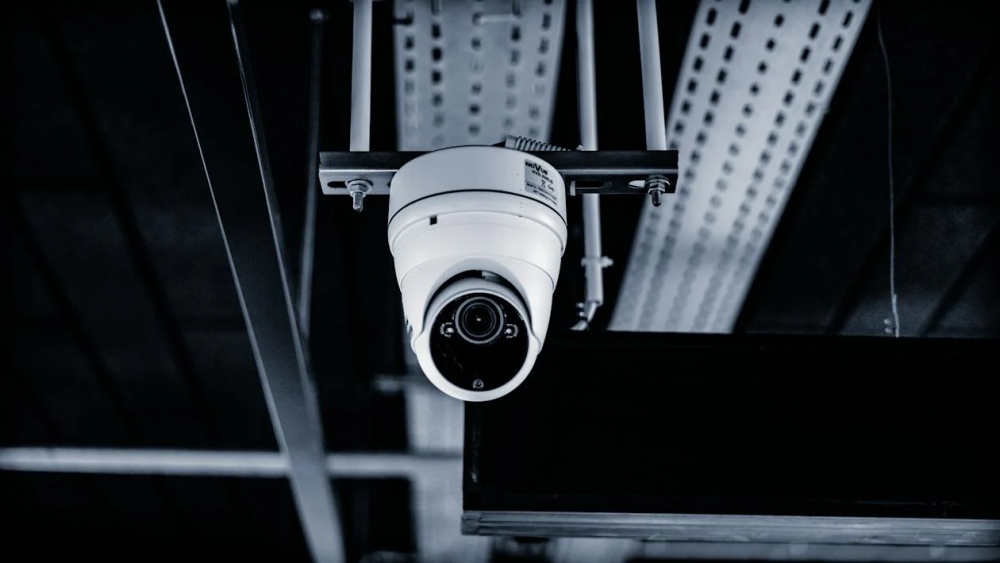Choosing the right camera housings and mounts is an integral part of designing and putting in place a reliable CCTV system. The design and procurement stages of a CCTV installation project are where the requirements for the operational system are developed, and these requirements have a direct impact on the choices made when selecting CCTV housing and mounting hardware. Housing and mounting hardware for any given application are chosen according to the following factors: Operating temperatu
Read more
The CCTV camera's lens is the first link in the imaging chain, which also includes the camera, transmission system, image management and analysis software, and the monitor. The lens directs visible or infrared light/energy to the camera's detector. The purpose of a lens is to provide a clear, sharp, and focused image to the camera's sensor. In order to get the best results from an imaging system, it needs lenses specifically designed to do so. The lens is the most critical part of the imaging ch
Read more
Cameras are a crucial part of any CCTV setup. The increasing variety of uses for CCTV cameras and the rapid pace at which technology is advancing make it difficult to find the ideal camera for any given purpose. There are many variables that can impact a system's performance beyond what is specified in the vendor's data sheets. Accurately selecting a camera calls for expert-level familiarity with the camera, the application, the underlying architecture, and the host environment. The three funda
Read more
Closed-circuit television (CCTV) systems generate, transmit, display, and store video data using directly connected components. A camera from a retail electronics store connected to a video monitor can serve as a basic CCTV system. When it comes to larger, professionally managed security system, there are a number of different parts that makes up a CCTV System, they are: Cameras, Lenses, Housings and Mounts, Monitors, Switchers and Multiplexers, Video Recorders.
Read moreLighting, power, transmission, and cost are all important factors to think about when designing a system. When planning a CCTV system, it's important to keep these things in mind. Considerations beyond these are covered in Section 3, which delves into the specifics of cameras, lenses, monitors, multiplexers, and other hardware. 2.2.1 Lighting When designing a CCTV system, it is important to take into account lighting strategies, camera selection, and camera location together to ensure optima
Read moreThe success of a company's CCTV installation depends on the findings of an expert multidisciplinary team who examine the site's unique characteristics. This group is essential in establishing primary functional and operational needs. Determining the scope of surveillance, be it a perimeter or an entry point, is an essential part of establishing the system's functional requirements. Information expected from a CCTV system under current conditions is defined by operational requirements. 2.1.1 Mul
Read moreFigure 1.2. - Examples of Early CCTV Cameras The history and evolution of CCTV is a fascinating journey, marked by innovation driven by both industrial and personal needs. Starting from the pioneering years of 1940s - 1960s, the early implementations and technological advancement of 1970s - 1990s - to the modern era of 2,000s and beyond: The Pioneering Years (1940s-1960s): In 1942, the first documented use of CCTV emerged in Germany. Engineer Walter Bruch needed a way to monitor V-2
Read more
A Closed-Circuit Television System (CCTV) is a direct-transmission system that connects a camera to a video monitor. This is in contrast to traditional broadcast television, where the signal is broadcast over the air and viewed on a TV set. After years of relying on closed circuit, hard-wired connection systems, the CCTV industry is finally starting to embrace more open architecture and transmission methods. Security personnel, property, and infrastructure can all benefit from the
Read moreEnvironmental management involves the use of various tools and practices to monitor, manage, and mitigate the impact of human activities on the environment. These tools help organizations comply with environmental regulations, reduce pollution, and promote sustainability. Here are the key tools used in environmental management: 1. Environmental Management Systems (EMS) An Environmental Management System is a structured framework that helps an organization achieve its environment
Read more8.2.1 Defining Sustainability Sustainability encompasses the delicate balance between the social, economic, and environmental dimensions of human well-being. Achieving sustainability requires meeting the needs of the present generation without compromising the ability of future generations to meet their own needs. 8.2.2 The Brundtland Report The Brundtland Report, published by the World Commission on Environment and Development in 1987, introduced the concept of sustainable development to t
Read more